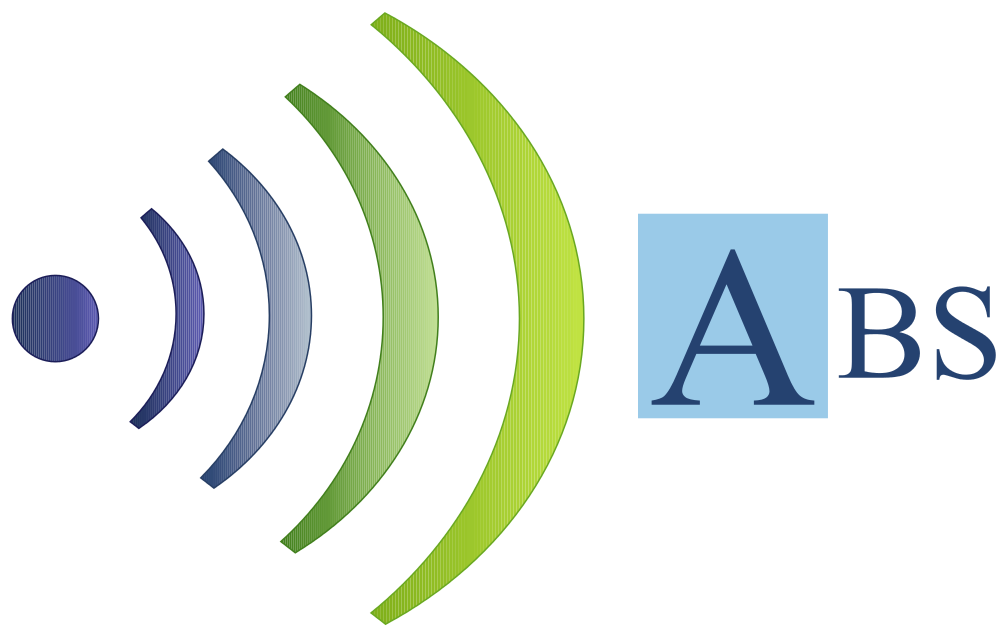EPG Data Collection isn't Cable Carriage
(May 2017) I've heard that a TV listings data aggregator is offering to collect schedules from PEG stations for $100 per month. People may think that this is how they get into cable interactive electronic program guides (IPG or EPG). But unless your cable company contacts you to arrange it, that's probably not what's happening.
As I explained in my talk at the Alliance for Community Media's Boston conference in 2016 (see slides on this site), you are already publishing your schedule to the world, for free. See the links slide showing how four popular playout servers have built-in online schedules.
Unless local cable EPGs are carrying your listings, only the data aggregators benefit from your data because they can have it on their websites, too. That's not a reason for a PEG station to spend money. But do spend it to schedule for two to four weeks ahead. You will need that when you do get into the EPG. Use TBDs as needed; you can always update with more information as you get it.

